Get the real numbers, real roadblocks, and real strategies that helped these four investors thrive.
Ever wonder what a real estate success story looks like from the inside? Our four investors break down their best deals, biggest challenges, and smartest moves—offering practical, real-world insights you can learn from. Their stories show that although there’s no single path to success, there are clear principles every smart investor should know.
Profit in Practice
The following examples of profitable investments serve as valuable guideposts, highlighting what is possible when real estate investors do their homework. It’s important to note the somewhat varied circumstances for each situation, illustrating there is no one-size-fits-all approach to successful investing.
Anitha. We purchased the property for $83,000; after a short three-month property rehabilitation, it appraised at $168,000. We currently have $34,000 in equity, with a monthly cash flow of $384 after PITI (principal, interest, taxes, and insurance) and operating expense reserves. Our cash-on-cash return is 20.6%, and the property’s quick leasing proves its profitability.
Andrew. I acquired a triplex 10 months ago for $140,000. I invested an additional $225,000-$260,000 in renovations, bringing the total investment to around $400,000. As we approach refinancing, the property is appraised at nearly $700,000, a $300,000 increase in value. I expect to receive $30,000-$40,000 in cash post-refinancing for reinvestment.
Vanessa. A recent profitable investment involved purchasing a property from a lender who had repossessed it from an investor. This presented a unique advantage as many major improvements were already complete, allowing me to focus on smaller details. I acquired the property for $93,000, and after investing another $34,000 in repairs and renovations, my total investment came to $120,000. After improvements, the property’s after-repair value (ARV) reached $200,000, demonstrating the potential for substantial profit when identifying opportunities others might overlook.
Archana. Archana benefited from a waiting game. Her profitable investment involved a unique situation where the previous seller merged two properties:
Upon inspection, I noticed several issues that warranted negotiation. The property was listed at $145,000, but I waited three weeks with problems like improperly configured utilities and questionable wall integrity before offering $25,000 less than the asking price. Through negotiations about necessary repairs, I secured an even lower price. After the acquisition, I strategically enhanced the property by converting a four-bedroom layout into five bedrooms, significantly increasing the property’s market value. This experience taught me that understanding property specifications and negotiating aggressively can lead to lucrative outcomes. Sellers often become more flexible than expected when you highlight issues during negotiations and are prepared to walk away.
These examples demonstrate the importance of maintaining a thoughtful and strategic mindset in all real estate investments. This includes a systemic approach to thorough research of comparable homes in the area, analyzing details like room count and renovations to understand value drivers, and estimating potential appraisal values based on similar properties’ improvements and market performance. By selecting properties with growth potential and investing in meaningful enhancements, substantial value can be unlocked over time.
Lessons From the Trenches
Obstacles are inevitable in real estate investing. The challenges discussed below are common issues, but it’s helpful to see how each investor handled them successfully.
Archana. Every investment stage brings challenges that refine strategies. Communication with my property managers was a significant challenge. I didn’t have good property managers on two of my properties. Their vague responses and delayed updates hindered tenant placement. As out-of-state investors, we relied on our management team, but their negligence created problems. I changed the property managers both times. Having a good property manager is imperative. You need property managers to be a phone call away and responsive.
Contractor relationships also proved challenging. A miscommunication led to window repairs instead of replacements. Though I found a more reliable contractor, I learned the importance of oversight. Even with experienced professionals, involvement in material selection and quality control is crucial.
Both of these obstacle offered valuable lessons that shaped my investment approach.
Vanessa. Property investment challenges often involve finding good deals. Opportunities exist, but they can be elusive. While the MLS can be limiting, cheaper wholesale properties carry risks. So I use the MLS, and I’m just patient. Last time I sat and waited three months. It was frustrating, but then I found two excellent deals.
Anitha. We faced several challenges, including water leaks in rehab properties. A mainline pipe leak cost $12,000, but we found a free city program. Our first property needed complete plumbing replacement. The second had a gas leak from a vendor error. Taking charge as general contractors improved our skills.
Andrew. Title issues during my second purchase halted underwriting. A hidden cracked sewage pipe impacted our budget. Securing reliable tenants remains challenging, but including contingencies helps manage unexpected costs.
These experiences offer valuable lessons, including the importance of dependable partners for success. Additionally, patience and a strong network are vital for managing property situations. Plus, be sure to investigate and handle title issues properly. When resolved, these challenges become growth opportunities in property investment.
Playing It Smart
Vanessa. Risk management is key for financial security. I screen team members thoroughly, including contractors and property managers, through reference checks and trusted recommendations from my investor accountability group. I also maintain a contingency budget beyond lender provisions for rehab projects and set aside monthly funds for rental property repairs.
Anitha. We include a 5-10% contingency fund for rehabs. For instance, with a $40,000 budget, we keep $10,000 extra. If we are surprised by costs that exceed the budget, we see what we can cut but still have a cushion to address the necessary things. With regard to timelines, we double our general contractor’s timeline estimates and treat two months as four. This helps us manage unexpected delays, like what often happens with city permits.
Andrew. Initially, I found my mentorship program’s deal analysis tool overwhelming. However, my realtor helped me simplify the data, showing that all essential information was there. I just needed to interpret it correctly. Understanding financial metrics is crucial for risk minimization. Additionally, thorough market research is essential before investing in new areas.
Start Strong
All four investors agreed on the key elements to help new investors succeed. The list below provides an excellent primer for those just starting their real estate investment journey and serves as a good reminder for those with experience.
New investors need proper guidance. Seek out strong mentorship to accelerate your learning and build your deal analysis skills. High-quality programs connect you with like-minded investors and provide valuable training resources. Stay focused on your goals while learning from peers’ experiences. Plan strategically, especially when making major decisions like leaving a W2 job. Be open about your challenges and share your achievements within your network.
Learn to embrace discomfort. Initial unease is natural in property investment, but experience builds confidence. Investment success requires patience and getting comfortable with uncertainty. Although analysis is essential, acting provides better lessons than theory. A positive mindset and belief in your capabilities are necessary for success.
Research growing cities where major companies are developing. This type of activity signals rental growth potential. Understanding material costs through hardware store visits helps you make informed renovation decisions. Maintain spreadsheets to compare contractor quotes.
Build an efficient team. Focus on strong relationships with agents, contractors, property managers, and lenders, like Rehab Financial Group with its 100% Fix and Flip Premier Loan.
Stay focused during the inspection period. This phase can make or break your project, so it’s vital to pay attention to five key areas: foundation, roof, plumbing, electrical systems, and HVAC. Each of these components plays a significant role in the overall integrity and functionality of the property.
The valuable perspectives these four accomplished real estate investors share can serve as a practical guide for readers embarking on their investment journeys. Their firsthand experiences and proven strategies offer a wealth of knowledge that can help shape successful investment decisions.
Rehab Financial Group stands ready to provide financing with personalized, attentive service and support for those ready to act. They offer an attractive 100% fix-and-flip loan solution with zero down payment requirements, making it possible to transform real estate investment aspirations into tangible reality.




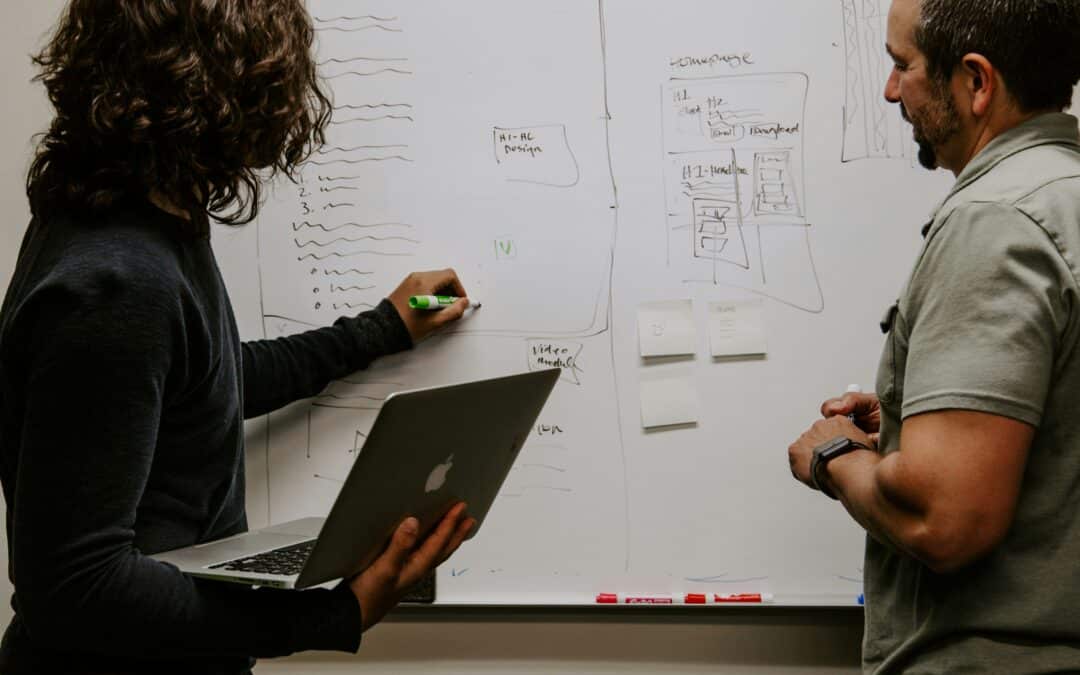

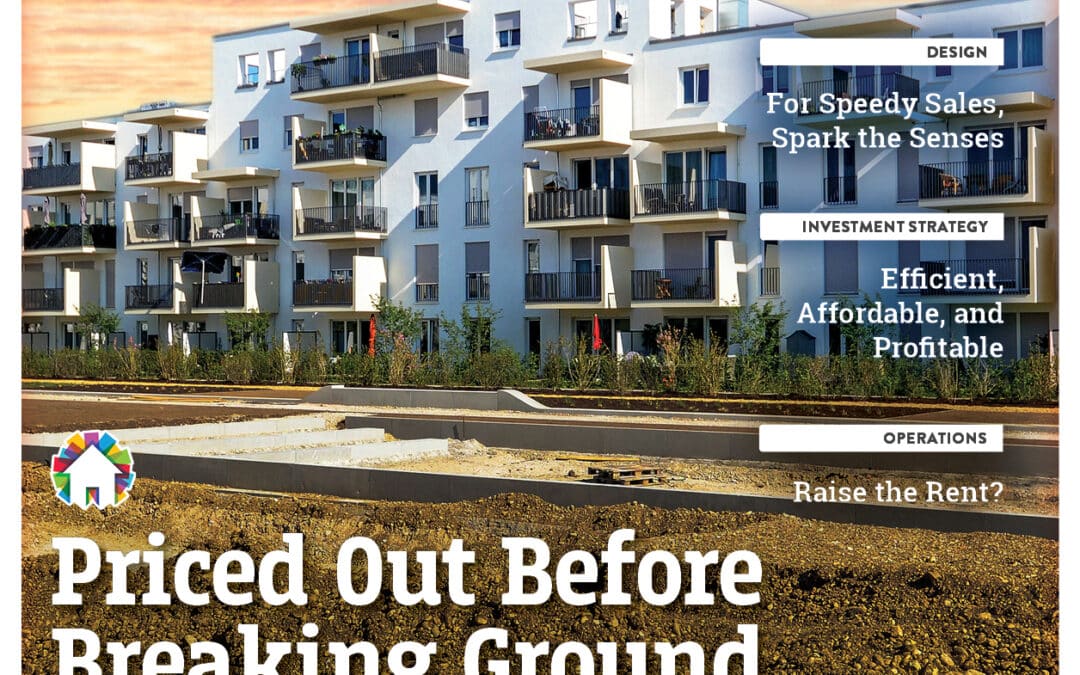



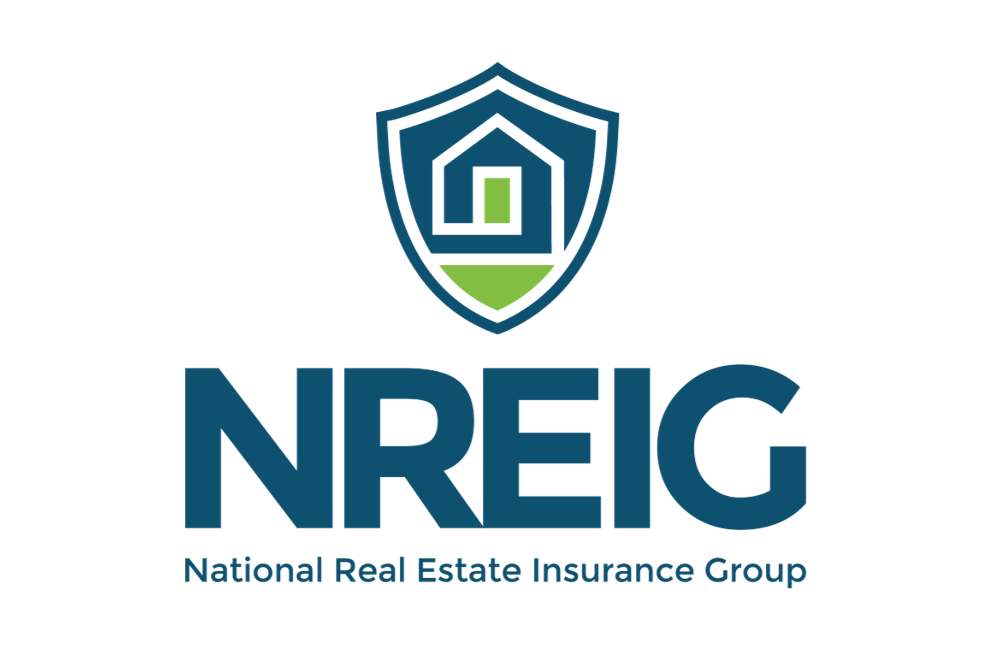
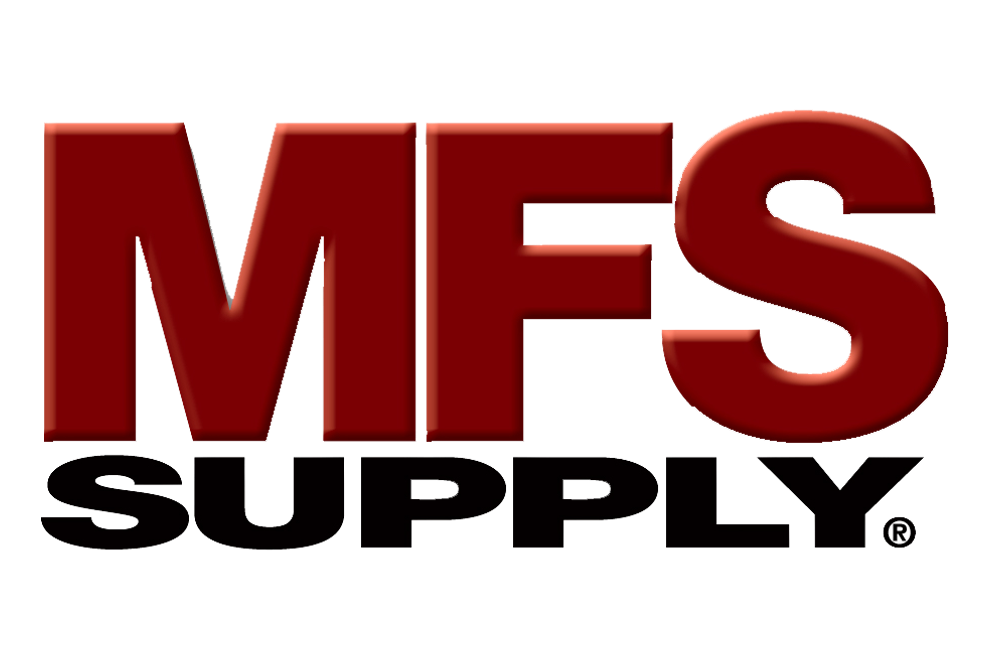

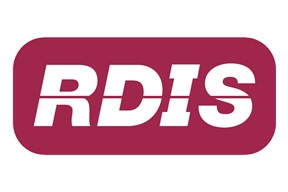
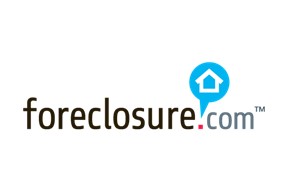
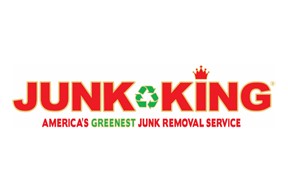



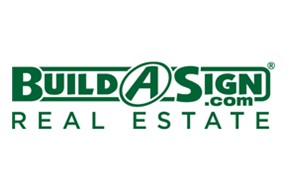
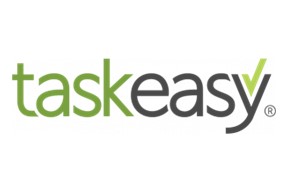

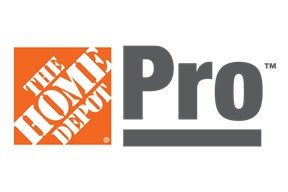

0 Comments